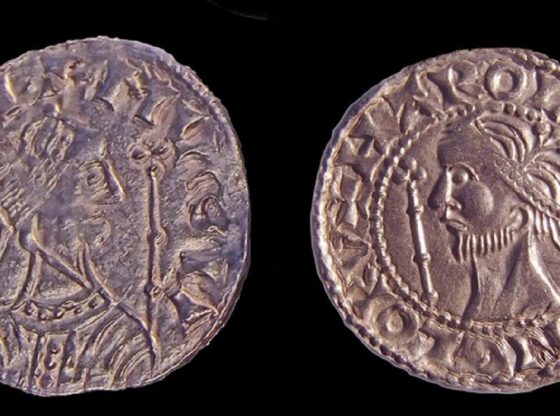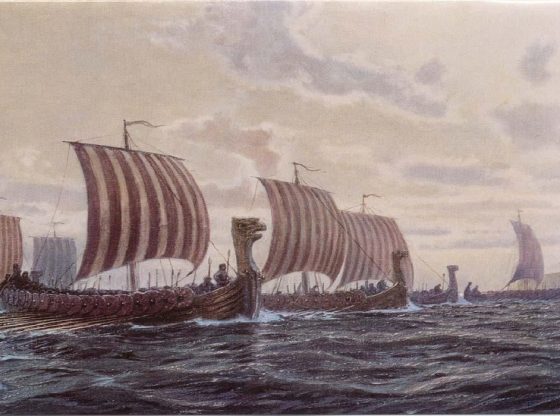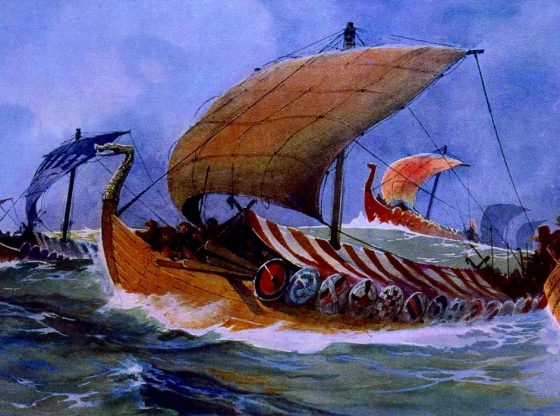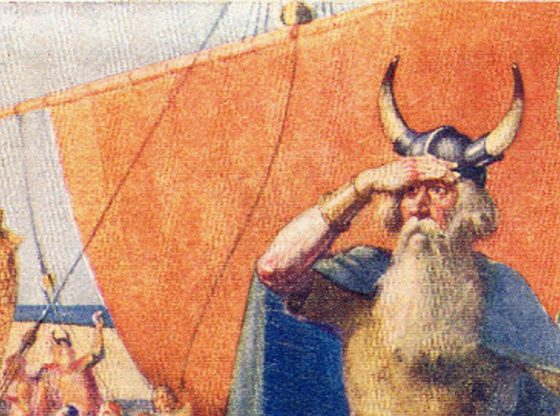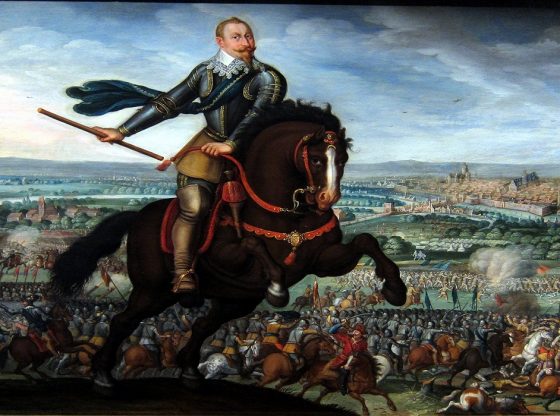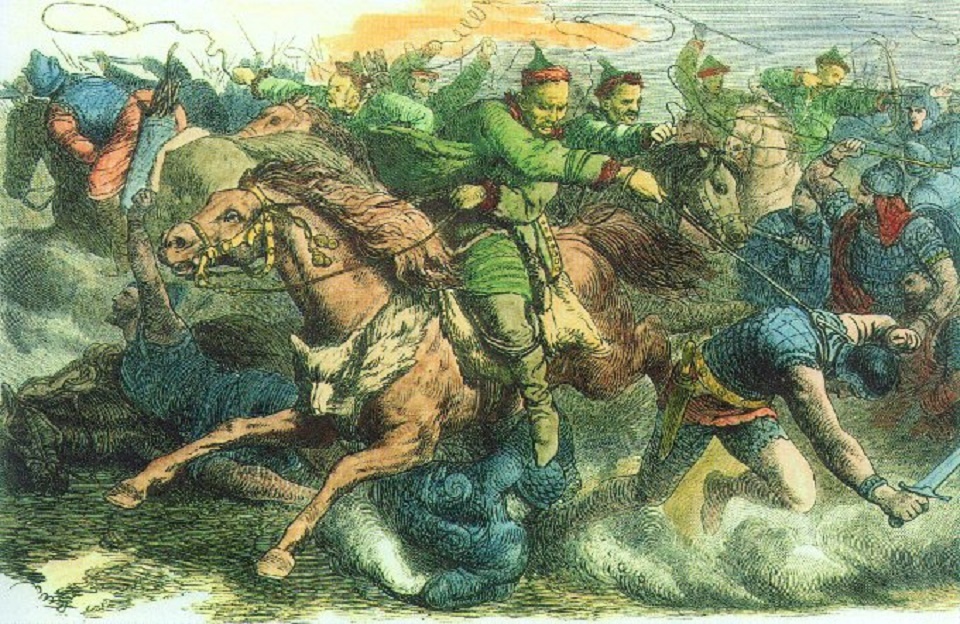
The ancient Asian people known as the Huns are known for being barbaric marauders and a menace to the Roman Empire and Europe.
But is this entirely accurate? Were they only an aggressive barbarian people for whom warfare was everything. Now some new research provides us with an updated version.
The Australian historian Hyun-Jin Kim at Sydney University paints a new picture of The Huns in his book “The Huns, Rome and the birth of Europe” Published by Cambridge university press, 2013. It describes the Huns as laying the foundation of feudal Europe that emerged after the fall of the Western Roman Empire.
Nomads that Packed a Punch
The Huns were nomads who are believed to have originated in Central Asia, east of the Volga River. An area part of the ancient state of Scythia.
They were first mentioned by the Roman historian Tacitus as the Hunnoi in 91 CE. But also mentioned in Chinese sources as the Xiongnu. The Chinese sources describe how they settled around the Caspian sea around 91 CE, which is corroborated by Tacitus. They then migrated westwards and later settled on the steppes of present-day Hungary. A country still bears their name.
Their infamous chieftain Attila led several campaigns against the Romans, in the Balkans, Central Europe, into Gaul (France) and even northern Italy. And by 370 CE they had established a strong foothold in Europe, much at the cost of the Roman Empire who were unable to defeat the Huns and their very mobile armies.
As they were heavily reliant on horses. Their immense amounts of horses were something never seen before in Europe. As horse nomads, they very much lived with, on, and were totally dependent on horses. With many similarities with the much later Mongols, the Huns used bow and javelins on horseback. But they also fought using iron swords and lassos.
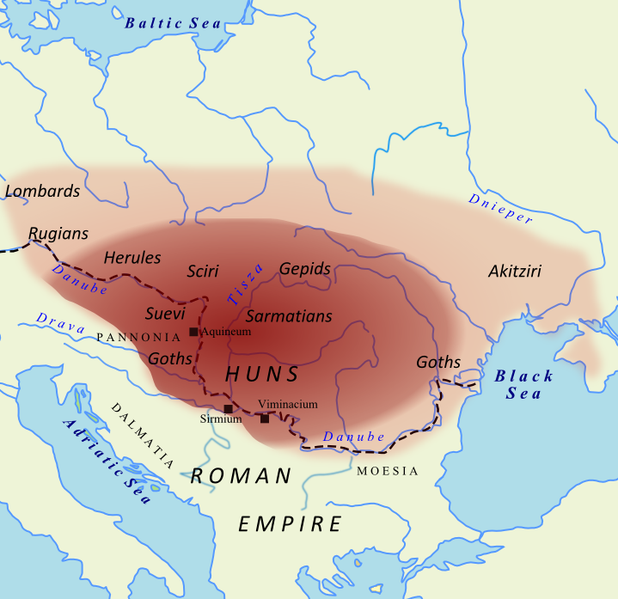
Much of what is known about them comes from Roman historians. For example Ammianus Marcellinus, who meet a few Huns and described them as a strange and exotic people.
Another Roman, Jordanes, wrote in 551, a century after the collapse of the Hunnic Empire. Describes them as a “savage race, which dwelt at first in the swamps, a stunted, foul and puny tribe, scarcely human, and having no language save one which bore but slight resemblance to human speech.”
Cranial Deformation
The Roman historians most certainly had an agenda, but their description was probably not far from accurate. The fact is, that The Huns certainly would have appeared very strange looking.
It does seem as if the Huns practiced artificial cranial deformation. This is a tradition sometimes seen among ancient peoples. The tradition is to bind the heads of children when their skull was still not set. Making their heads grow elongated by distorting normal growth. This is seen among remains of the Huns and is an archaeological fact. The menacing look probably exaggerated the exotic and strange appearance of this people.
Barbarians or not?
The historic references provided to us from western scholars paint a picture of the Huns as wild and uncivilized, according to Hyun Jin Kim.
But if we are to really understand the Huns, we should also include Chinese, Iranian and Central Asian sources, as Kim argues. The Huns themselves were illiterate and thus kept no records.
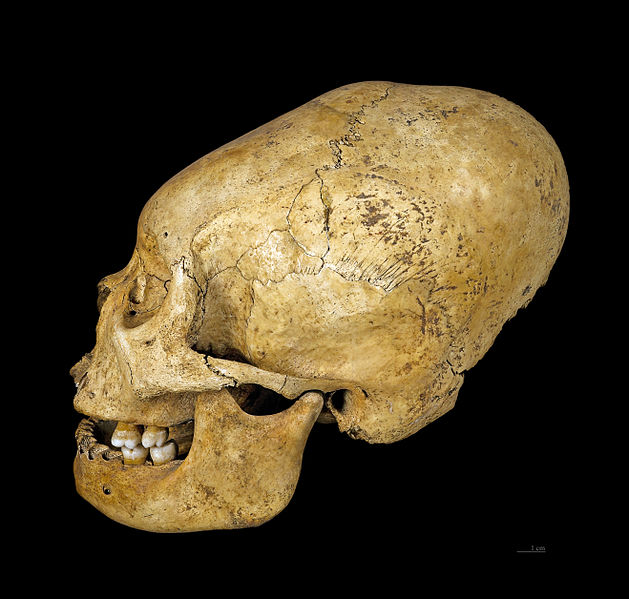
The 18th-century French scholar Joseph de Guignes first suggested that the Huns should be identified as the Xiongnu, as mentioned in Chinese sources. The Xiongnu were a northern neighbor of China in the 3rd Century BCE. If they were the same people is, however, this is still a topic of debate among scholars. There are some irregularities among the peoples, since, for example, there is no evidence of the practice of artificial cranial deformation among the Xiongnu.
Hyun Jin Kim argues that the Frankish and Germanic kingdoms were influenced by the Huns as a political culture – which by itself suggests that their culture was attractive. He further argues that the feudal system that emerged in the Frankish empire was identical to the system of the Huns and not the Roman Empire. A system that was based on the family, as a dynasty. He also argues that many rulers after the fall of the Western Roman Empire were Huns or descendants. But since they had different names, this has not been completely clear.
The Huns were of a very mixed ethnicity, with probably Mongolian and Turkish heritage, then mixed with Iranian and Germanic peoples during their westward trek over several hundreds of years. The evidence for this can be found today by examining the DNA of archaeological findings in Hungary. DNA analysis indicates a strong central European origin and much lesser traces of East Asian DNA. It is also believed that a variety of languages were spoken within the Hun Empire.
The empire of the Huns collapsed after Attila’s death in 453 CE and broke up into several smaller kingdoms. To explain this sudden break up some historians point to factors such as that the Huns never fully established the central mechanisms of a state, such as bureaucracy and taxes.
Almost a millennium later (13th century) the Mongolians would in a similar pattern repeat the westward expansion to concur a vast land empire on horseback.
_____________
The Huns, Rome and the Birth of Europe
Google Books
__________________________





